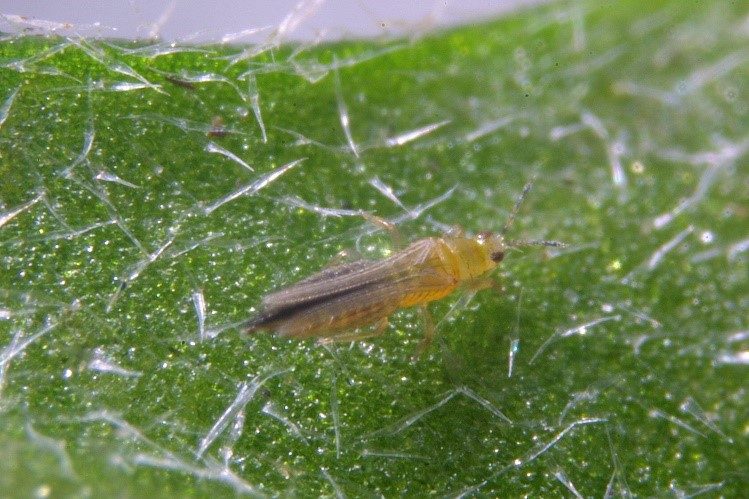Managing insecticide loss - the balancing act
Anyone who has experienced difficulties managing insect pests such as western flower thrips will be only too aware of the implications of our ever-diminishing armoury of control products. Their short life-cycles mean they readily develop insecticide resistance if we can’t deploy enough different chemical, cultural or biological modes of action to foil their evolutionary ‘quick-wittedness’.
In the last few years farmers and growers have seen substantial reductions in the range of crop protection chemistry they can draw on to control pests, diseases and weeds and that trend is likely to accelerate over the next couple of years or so. That in turn has repercussions for how we manage insecticide, fungicide and herbicide resistance because successful resistance management depends on having to hand more than one or two chemical modes of action.
This gradual contraction of our crop protection toolkit is nothing new, of course, but it has come under the spotlight this year because the approvals of more than 190 active ingredients farmers and growers can currently use are in line for routine review at European level. They are going to be judged by the same criteria that new products have to meet – and because those criteria have tightened significantly in the past few years, many are likely to be turned down for reapproval.
My colleagues in Syngenta’s product registration team tell me that it has always been particularly challenging for insect-control products to meet the approval criteria for safety and environmental protection and, rightly, it’s becoming ever more so.

A question of balance
For example, we have to balance the need for products to be effective against target pest insects with our increasing awareness of the need to protect bees and other pollinators and beneficial insects from unintended impacts. That’s leading to the introduction of new approvals requirements on bee safety, which will affect the future of many widely used active ingredients while also making it harder to bring new ones to market.
The approvals process takes account of efficacy as well as safety and that, too, has particular implications for insecticides because resistance issues, and hence reductions in control, tend to be reported more often in pests than in weeds and diseases.
The upshot is that a high proportion of some very familiar insecticides won’t be able to meet the new criteria, or the application conditions imposed for their use in future could render them unviable.
It’s increasingly difficult to find new insecticide chemistry that’s both effective and can meet the latest safety and environmental criteria. On the plus side, when new actives do emerge, they’re not only safer to us and the planet but more effective, too. The guidance you can find within these blogs and through our Art of application programme will help you devise the most effective programmes for control and resistance management, using the most appropriate adjuvants and the optimum application techniques to get the best from them.
And though the number of chemical insecticides is in decline, we’re seeing more different kinds of bioinsecticides, based on micro-organisms and plant extracts, becoming approved. In fact, two years ago there were already more new biopesticide actives than synthetic chemical ones awaiting EU approval. Together with a better understanding of how to manage pests with cultural approaches, these products are set to play an ever-greater role in resistance management.
By the way, if you want to find out more about Syngenta’s work to help growers improve habitats for pollinators, check out our Operation Pollinator programme here.
